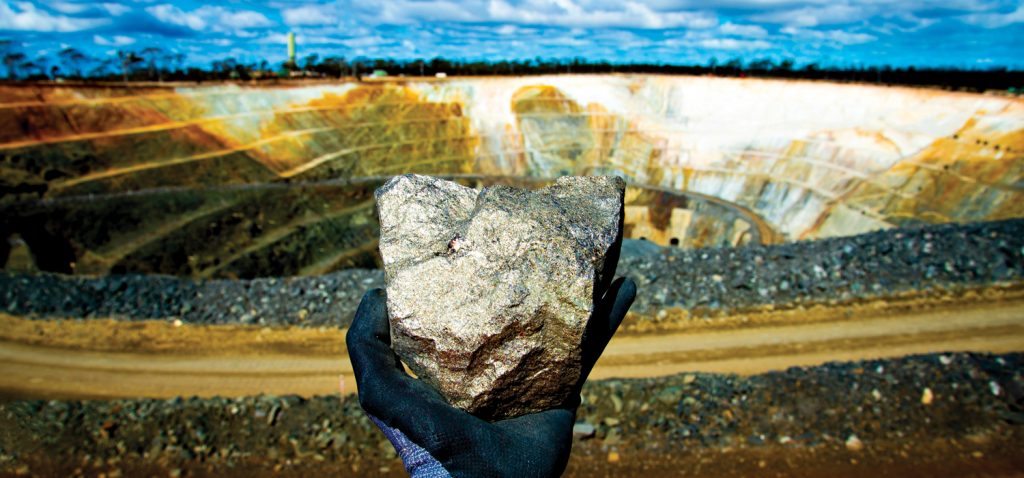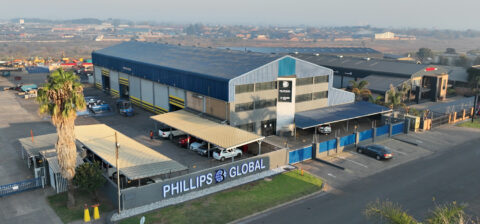SA Mining
Turning Precious Metals Green
By: Benjamin van der Veen.
Countries agreed to reach net zero by 2050 and to begin phasing down their use and reliance on coal and other inefficient fossil-fuel subsidies.
One of the ways they’re doing this is through the introduction of electric vehicles (EVs) and renewable energy solutions.
The transition from petrol to electric vehicles is an essential step in moving to a net-zero future. According to the International Energy Association (IEA)’s net-zero pathway, more than 60% of passenger car sales globally must be EVs by 2030, to be on track for net zero by 2050. By that year, all cars must run on electricity or fuel cells.
Compared to 2012, when just 130 000 electric cars were sold in a year, some progress in the electric vehicle market has been made, with over 6.6 million in global sales – an increase of 29% compared to the year before and representing close to 9% of the worldwide car market by 2021. At the same time, the sale of cars with other fuel types went down globally by 16% due to the pandemic.
The transition from petrol to electric vehicles comes with its challenges, and the mining industry is set to experience the majority of these challenges.
Positive potential
When asked about how he thought the increased demand for electric vehicles and the growth of the electric vehicle market would affect South Africa’s platinum group metals (PGM) sector, Andrew Lane from Deloitte said he was optimistic that the mining sector would see positive results, as South Africa has most green metals required for the production of hydrogen fuel cells. Lithium-ion cells and the demand for electric vehicles will increase the production of green metals in South African mines.
The most common type of EV batteries are lithium-ion batteries. However, the battery type can differ according to the type of EV. The minerals needed to manufacture EV batteries can depend on the chemistry of the cathodes, but the critical minerals are lithium, cobalt, graphite, nickel and manganese.
While South Africa does not have sufficient lithium reserves to mine, it has a longstanding experience and expertise in mining minerals such as manganese, iron ore, nickel, and titanium, all of which can be used to produce lithium-ion batteries.
There are three types of lithium batteries that drive the EV sector:
■ Lithium (11%) Nickel (73%) Cobalt (14%) Aluminium (2%) Oxide (NCA).
■ Lithium (7%) Iron (60%) Phosphate (33%) (LFP).
■ Lithium (12%) Nickel (30%) Cobalt (30%) Manganese (28%) Oxide (NCM).
NCM batteries are the most popular battery choice in the electric vehicle market. The combination of minerals lowers the risk of over-heating, improving the overall safety of the lithium-ion battery.
The popularity of the NCM battery chemistry represents an enormous opportunity for South Africa’s manganese producers, such as Manganese Metal Company in Mbombela. They are the largest producers of electrolytic manganese metals, used as a cathode component, outside of China.
There are concerns around the global supply of cobalt. However, South Africa could potentially become a critical low-cost hub for NCM battery production, as the majority of cobalt is located in the Democratic Republic of the Congo. The majority of the essential minerals required to produce the NCM batteries can be found in Africa.
Where does this leave PGMs?
In a report titled Using SA Resources to Remain Relevant, Werner Jacobs of KPMG South Africa wrote, “South Africa holds 94% of the world’s PGMs, such as platinum and palladium, currently used in the production of catalytic converters.
“With a rise in the production of EVs, the PGM industry is expected to decline in the future. Considering the substantial contribution of PGMs to the South African economy in 2018 – R48.3-billion in total employee earnings, 172 171 employees, and total sales of R97bn – it is critical that the PGM industry prepares for change.”
The most plausible choice for repurposing the PGM sector to survive the increased demand for electric vehicles is to look at the renewable and alternative energy market. As an energy storage medium, hydrogen fuel cells are a clean and reliable way to repurpose the PGM sector to counter the decline in autocatalytics being produced.
The energy in hydrogen fuel cells can be electrochemically converted directly into electrical energy, using fuel cell technology, where hydrogen serves as the fuel and platinum as a catalyst.
Platinum is considered to be one of the vital catalytic materials used in most fuel cells. As the vast majority of the world’s reserves of PGMs are in South Africa, the mining sector is presented with an excellent opportunity to reintroduce platinum into the EV manufacturing process.
Introducing platinum as a catalyst for hydrogen and fuel cell technologies introduces the PGM sector to the potential socio-economic benefits derived from these natural resources.
In July 2018, Anglo American Platinum and state-owned Public Investment Corporation each committed R1.3 billion to a venture capital found promoting the development of innovative and technological uses of PGMs. This initiative aims to stimulate and sustain the demand for PGMs in the future.
Currently the heavy vehicle market offers the most significant initial opportunity for hydrogen fuel cells to be used, as standard NCM batteries will not only consume too much available space in trucks and other heavy machinery, but also take hours to charge. Longer distances will also pose a significant challenge for battery-powered vehicles.
The perfect example of this is the prototype of the world’s largest hydrogen-powered mine haul truck – the nuGen™ – recently launched by Anglo American Platinum at its Mogalakwena PGMs mine.
“PGMs play an essential catalytic role in many clean-air technologies, including related to hydrogen production and hydrogen-fuelled transportation. As part of our market development work, we have for some years been working towards establishing the right ecosystem to successfully develop, scale up and deploy hydrogen-fuelled solutions,” says Natascha Viljoen, CEO of Anglo American Platinum.
“Hydrogen has a significant and wide-ranging role to play in achieving a low-carbon future – particularly as an energy carrier enabling the development of a renewables-based power generation system. We are particularly excited about the potential of nuGen™, among other opportunities, as we work to champion the development of South Africa’s Hydrogen Valley.”







 Sign-up and receive the Business Media MAGS newsletter OR SA Mining newsletter straight to your inbox.
Sign-up and receive the Business Media MAGS newsletter OR SA Mining newsletter straight to your inbox.